Think you know Chinese tea because you've heard of the 'six types'? That's just the beginning. China's tea story spans 18 provinces, dozens of dynasties, and thousands of varieties that most tea lovers never discover.
A Complete Panorama of Chinese Tea: Beyond the Six Types

When asked, “What kinds of tea does China have?” most people will readily answer: green tea, yellow tea, white tea, oolong tea, black tea, and dark tea (hei cha). These six categories, often called the “six great teas,” form the foundation of what we recognize as Chinese tea today.
But the world of tea is far richer than this simple classification. Once we widen the scope to encompass all of China’s tea heritage — past and present — we discover a history and culture far more diverse, profound, and fascinating.
The Origins of Chinese Tea Culture

The story of traditional Chinese tea reaches back thousands of years, with legend crediting Emperor Shennong as the discoverer. Chinese tea became deeply woven into life during the Tang dynasty, flourished in the Song dynasty, and matured through the Ming and Qing.
In the Tang era, Lu Yu’s Classic of Tea divided teas into four types: coarse tea, loose tea, powdered tea, and compressed cakes. By the Song, compressed tea cakes were common, pressed with intricate designs. The Yuan dynasty classified teas into “bud teas” and “leaf teas,” reflecting their tenderness.
Loose-leaf teas only rose to dominance during the Ming dynasty, when the categories of green, yellow, white, black, and dark teas solidified. In the late Ming and Qing, oolong tea appeared, completing the six families.
The framework we know today — the six types of Chinese tea — was formalized by scholar Chen Chuan in 1979, giving clarity to centuries of evolving craftsmanship.
China’s 18 Great Chinese Tea-Producing Provinces

Among China’s 34 provinces and regions, 18 stand out as world-renowned producers of authentic and premium Chinese tea. Each contributes signature Chinese tea varieties, deeply influenced by geography, climate, and tradition.
-
Jiangsu (江苏) – Known for Dongting Biluochun, one of China’s top ten teas, along with Nanjing Yuhua Tea and Yixing’s acclaimed red teas.
-
Zhejiang (浙江) – Famous for West Lake Longjing, Anji White Tea, Mogan Yellow Bud, and Nine-Bend Red Plum.
-
Anhui (安徽) – The cradle of Huangshan Maofeng, Taiping Houkui, Keemun Black Tea (Qimen), and Lu’an Melon Seed Tea.
-
Fujian (福建) – A tea paradise producing Fuding White Tea, Zhenghe White Tea, Zhengshan Xiaozhong (Lapsang Souchong), Wuyi Rock Tea, Tieguanyin, and Minbei Oolongs.
-
Jiangxi (江西) – Home to Lushan Yunwu Tea, Wuyuan Green Tea, and Ninghong Black Tea.
-
Henan (河南) – Celebrated for Xinyang Maojian, another of China’s top ten teas.
-
Hunan (湖南) – Known for Junshan Silver Needle (a rare yellow tea) and Anhua Dark Tea, part of China’s rich hei cha tradition.
-
Hubei (湖北) – Famous for Enshi Yulu, a unique steamed green tea, and Chibi Green Brick Tea.
-
Shandong (山东) – Produces Qingdao Laoshan Green Tea, renowned for its oceanic terroir.
-
Shaanxi (陕西) – Celebrated for Qinling Mountain Teas and Ziyang Maojian.
-
Guangdong (广东) – Legendary for Phoenix Dancong Oolong from Chaozhou, with aromatic profiles like honey orchid.
-
Guangxi (广西) – Known for Liubao Dark Tea, with a long history of trade and export.
-
Sichuan (四川) – The ancient land of tea, producing Mengding Ganlu and Zhuyeqing Tea.
-
Guizhou (贵州) – A rising tea star, famous for Duyun Maojian and Meitan Cuiya.
-
Yunnan (云南) – The birthplace of Puer Tea, Dianhong Black Tea, and Tuocha.
-
Tibet (西藏) – Renowned for Tibetan Brick Tea, vital in traditional butter tea.
-
Hainan (海南) – Produces tropical black teas and increasingly popular green teas.
-
Taiwan (台湾) – Revered worldwide for Dong Ding Oolong, Wenshan Baozhong, Oriental Beauty, and Alishan High Mountain Oolong.
Together, these provinces form a living map of China’s tea landscape — each region distinct, yet all connected by the shared legacy of Camellia sinensis.
Patterns in China’s Tea Landscape

Two insights emerge from this provincial panorama of Chinese tea types:
-
Green Tea Reigns Supreme
Almost every tea-producing province has a signature green tea, reflecting its timeless popularity and adaptability among Chinese tea types. -
The Role of Reprocessed Teas
Beyond the six fundamental types, reprocessed teas such as jasmine tea, compressed teas, and modern blends remain central to Chinese tea culture. Their enduring charm shows that tea is not only about categories, but also about innovation and artistry.
The Spirit of Chinese Tea

With so many incredible Chinese tea varieties across China's 18 provinces, where do you start your exploration? Our curated collection of authentic Chinese tea varieties features premium Chinese tea from many of these legendary regions.
Ultimately, the essence of Chinese tea culture lies not only in classification, but in the pursuit of harmony, beauty, and joy in every cup.
From the misty peaks of Fujian to the rolling hills of Yunnan, tea is more than a beverage—it is a philosophy, a tradition, and a shared heritage that continues to evolve while honoring its roots.


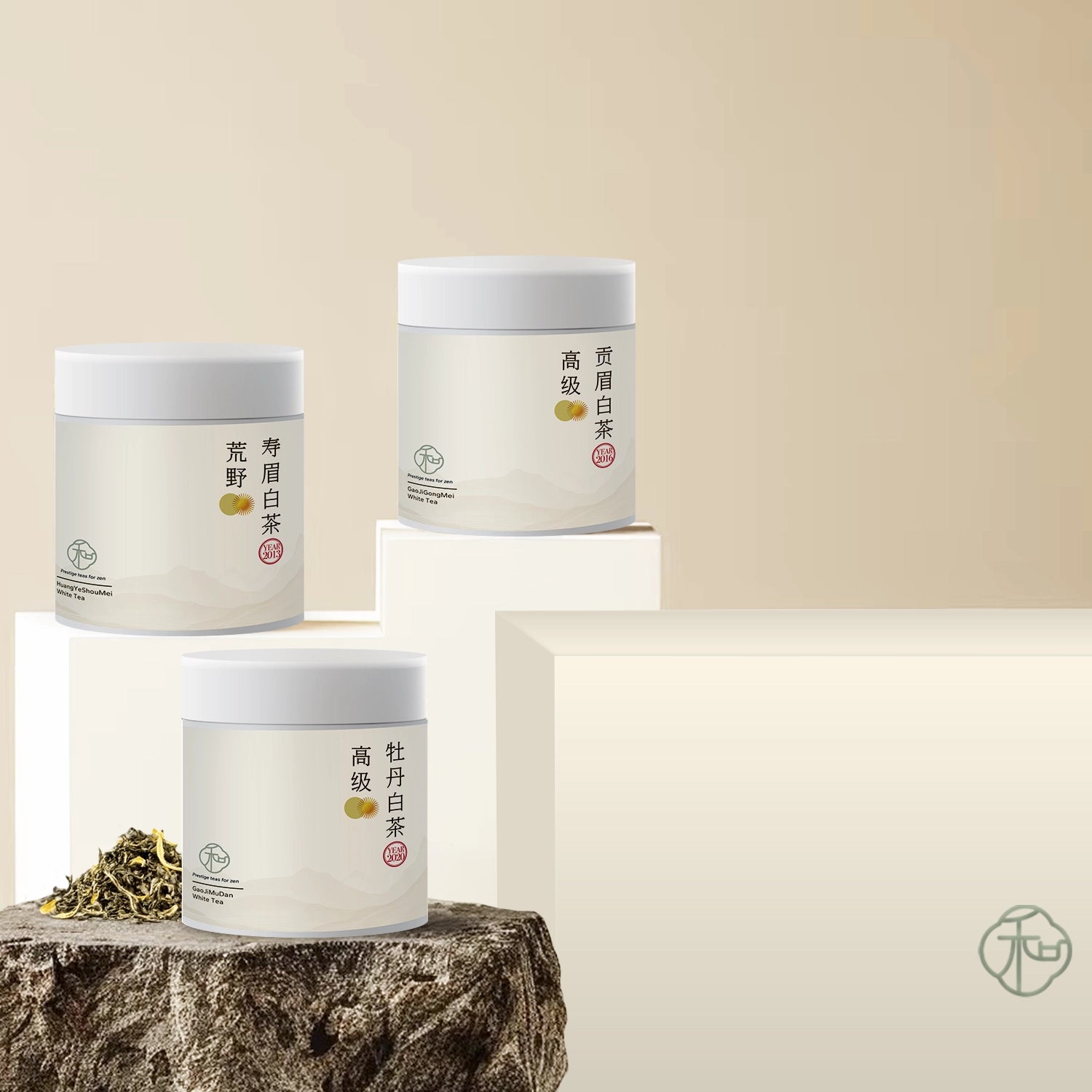
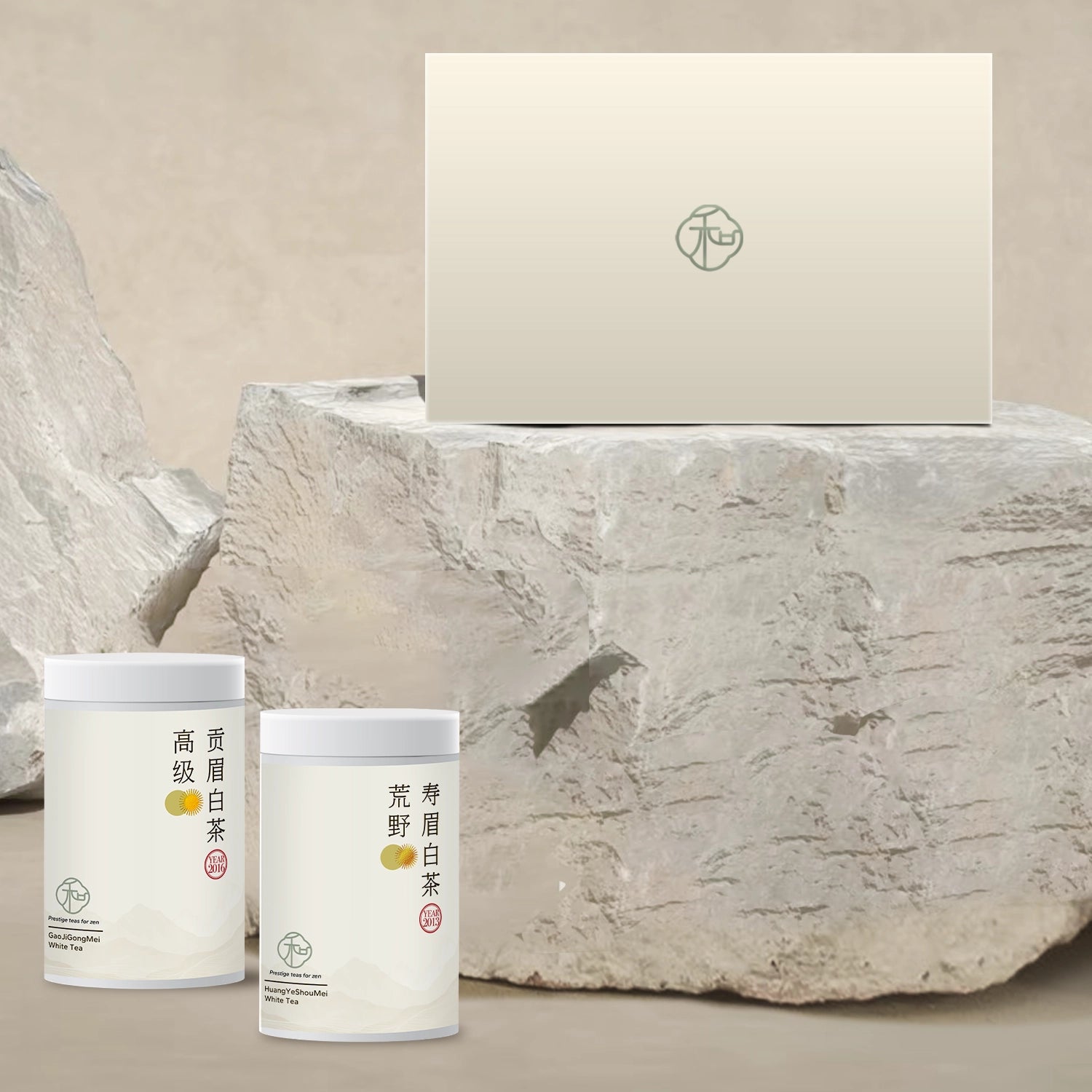
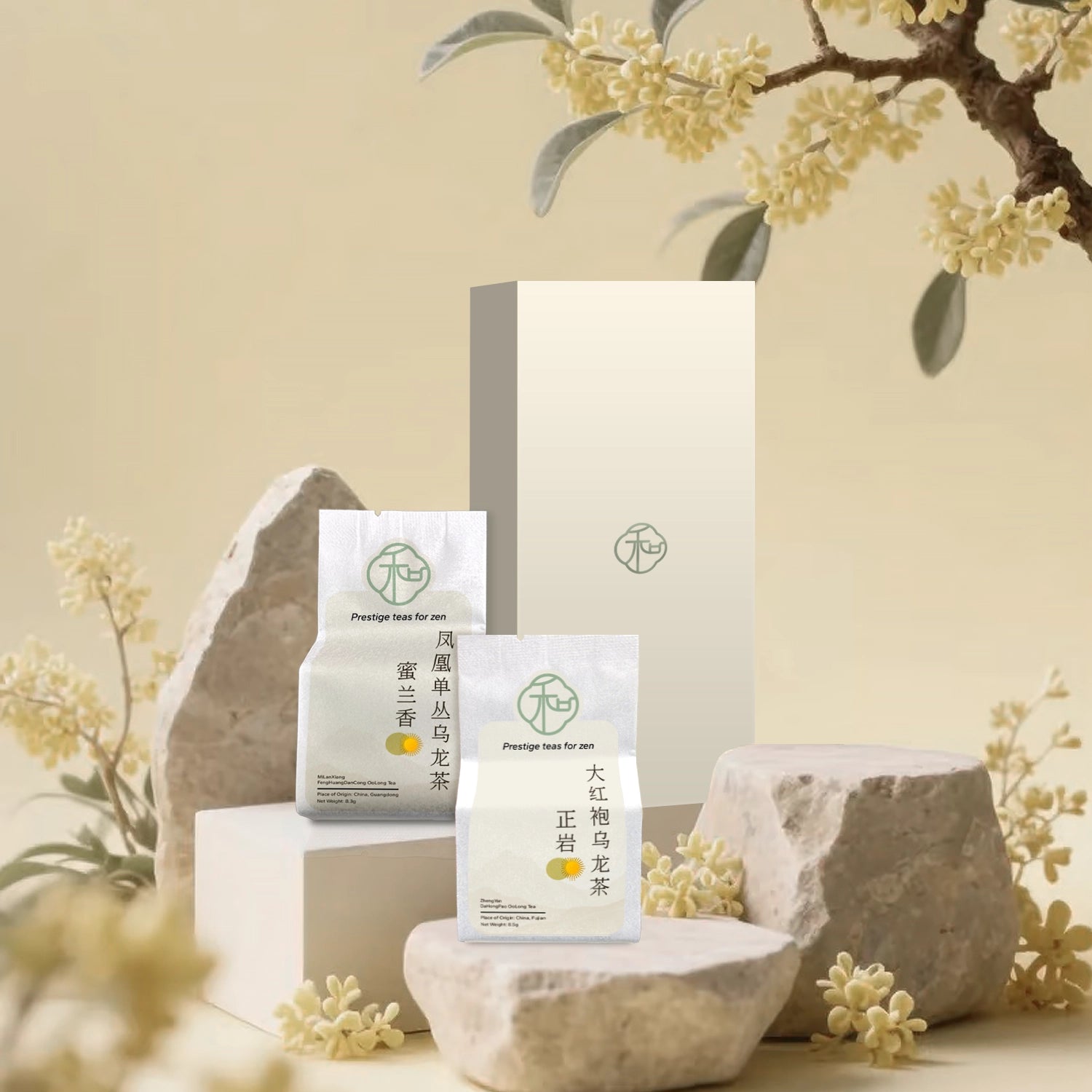






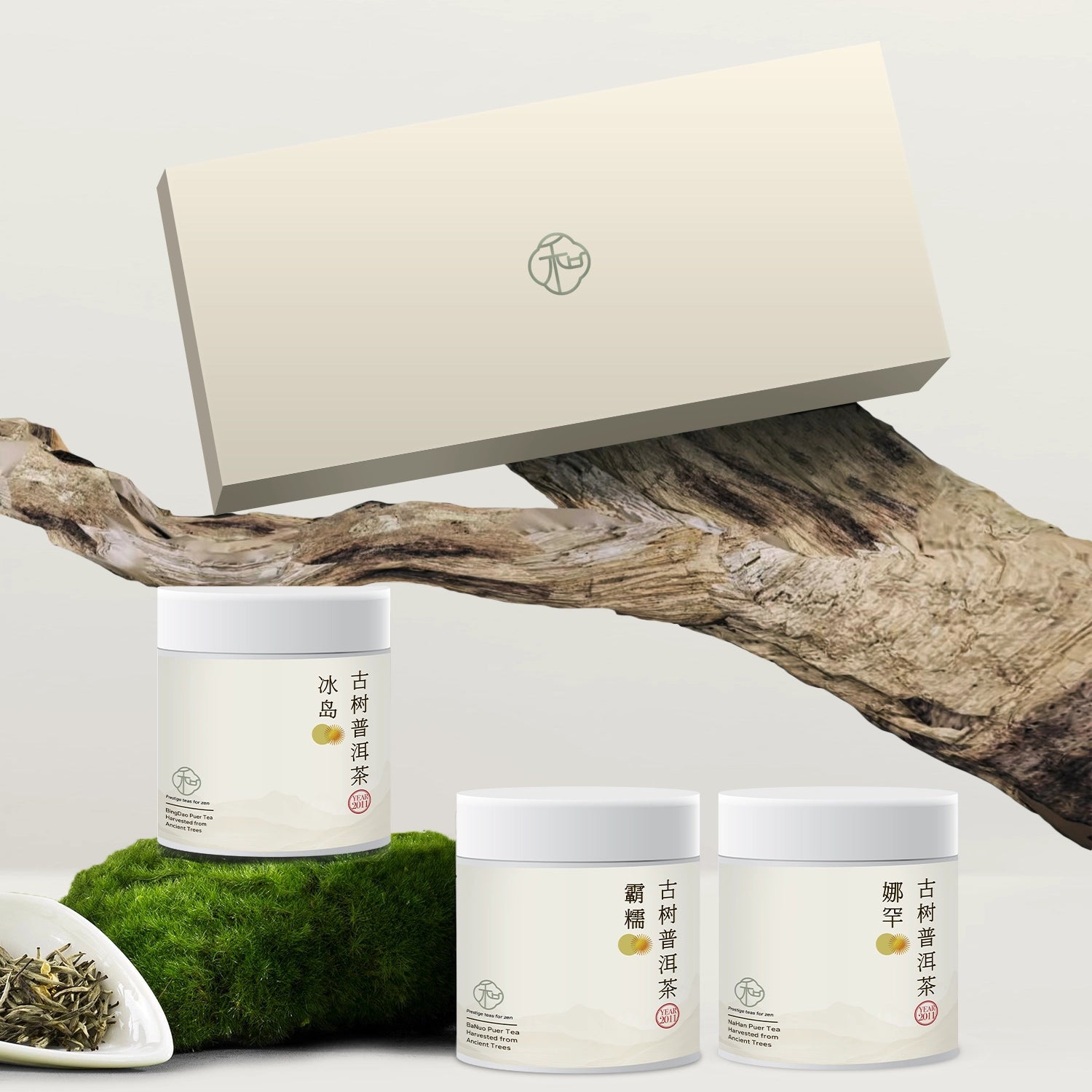
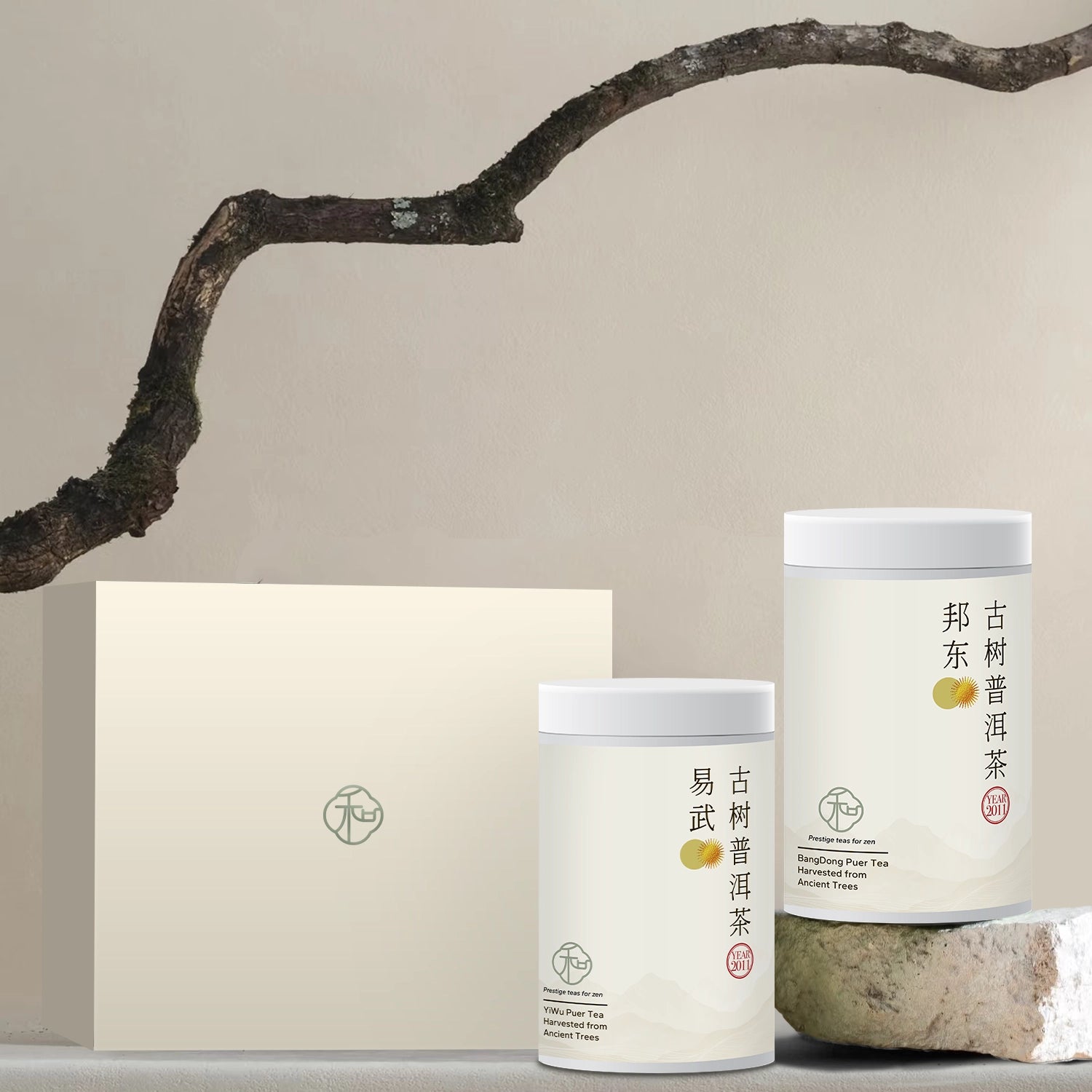
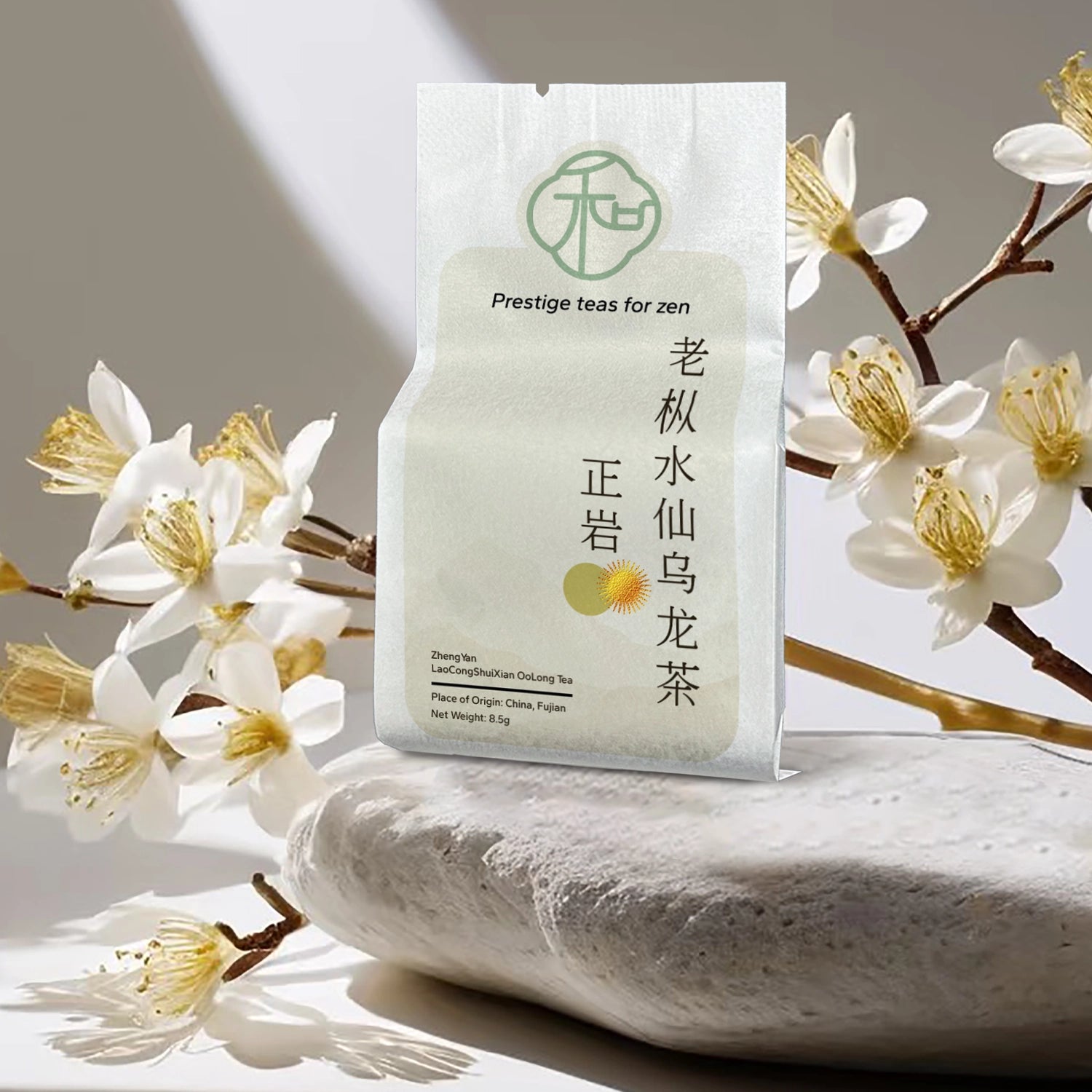
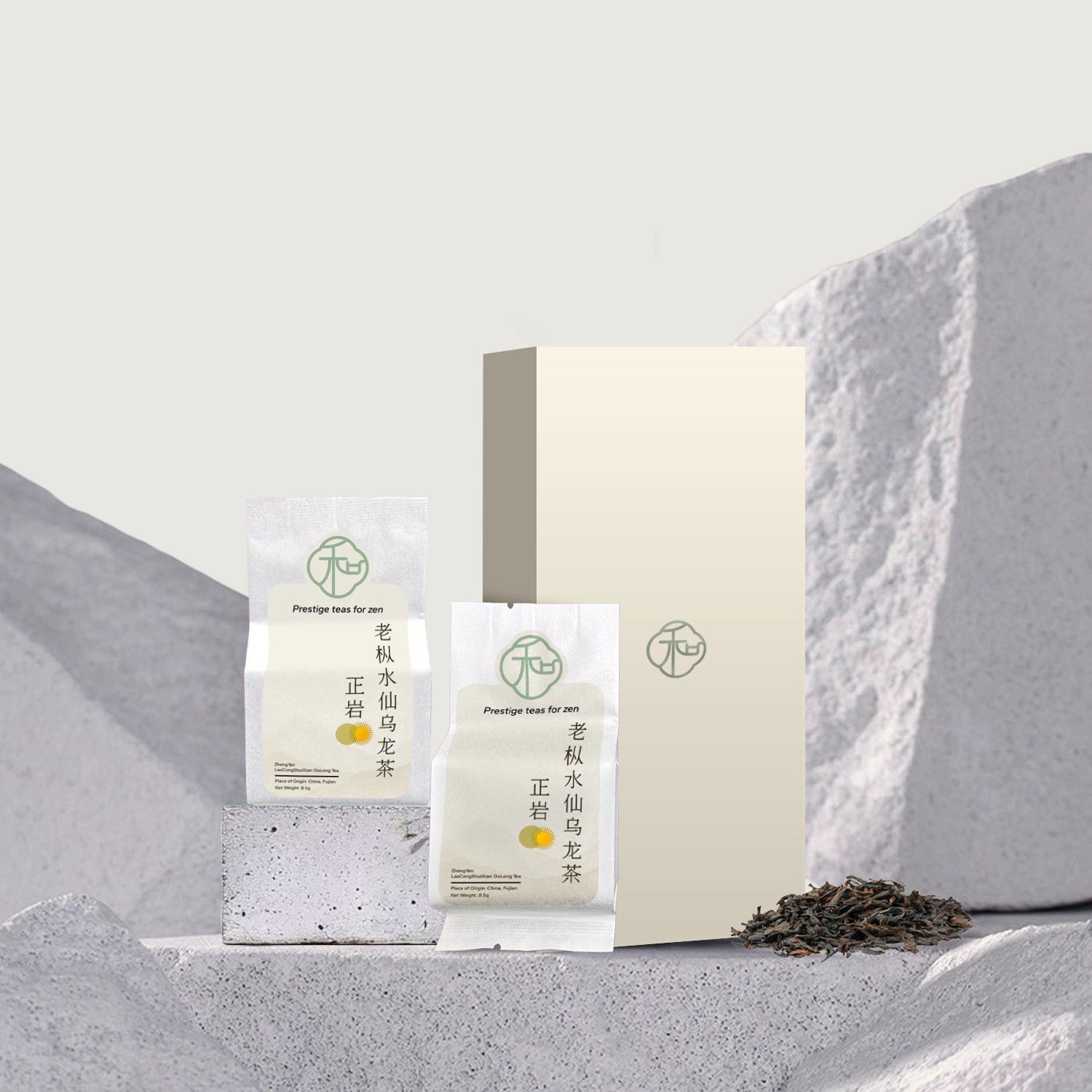
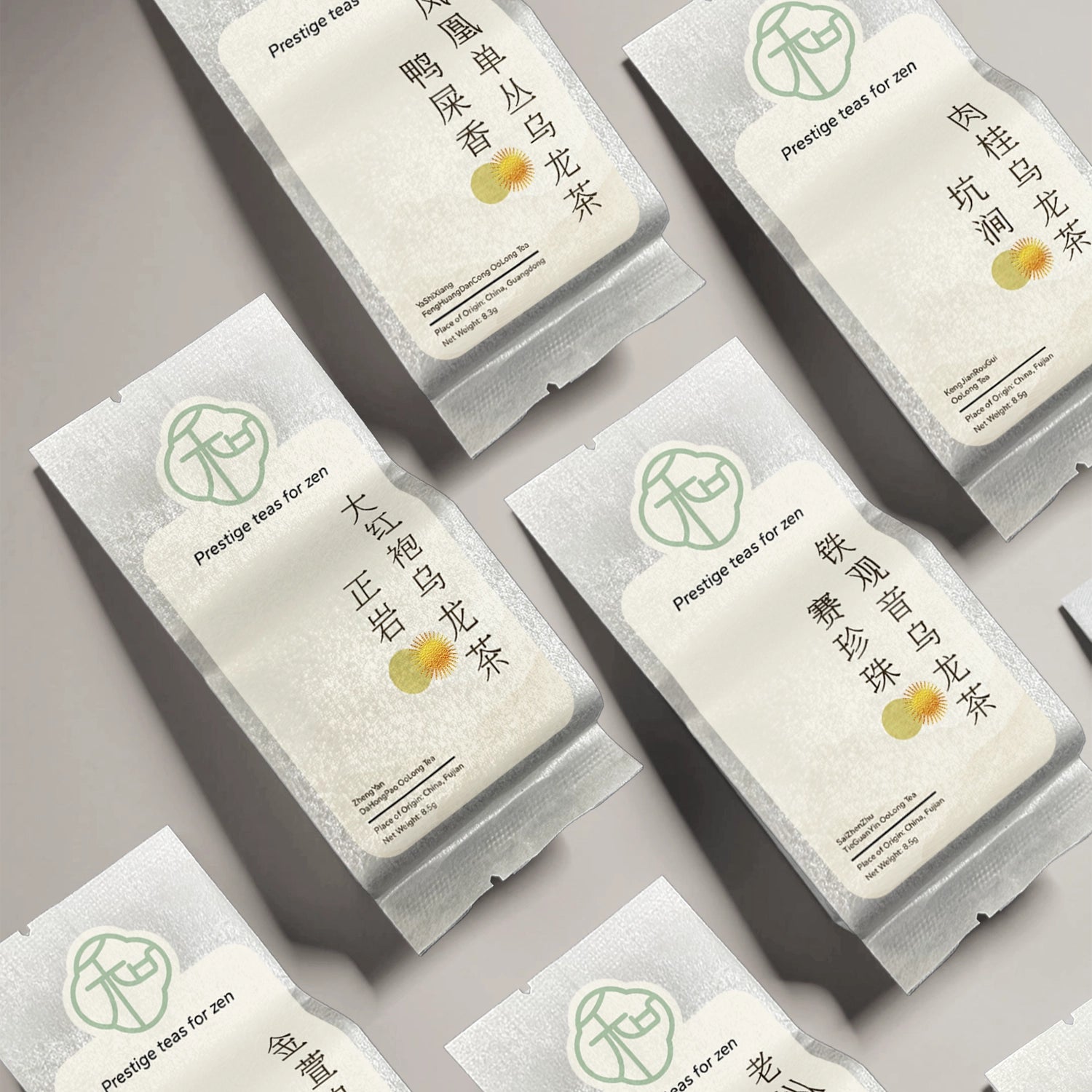
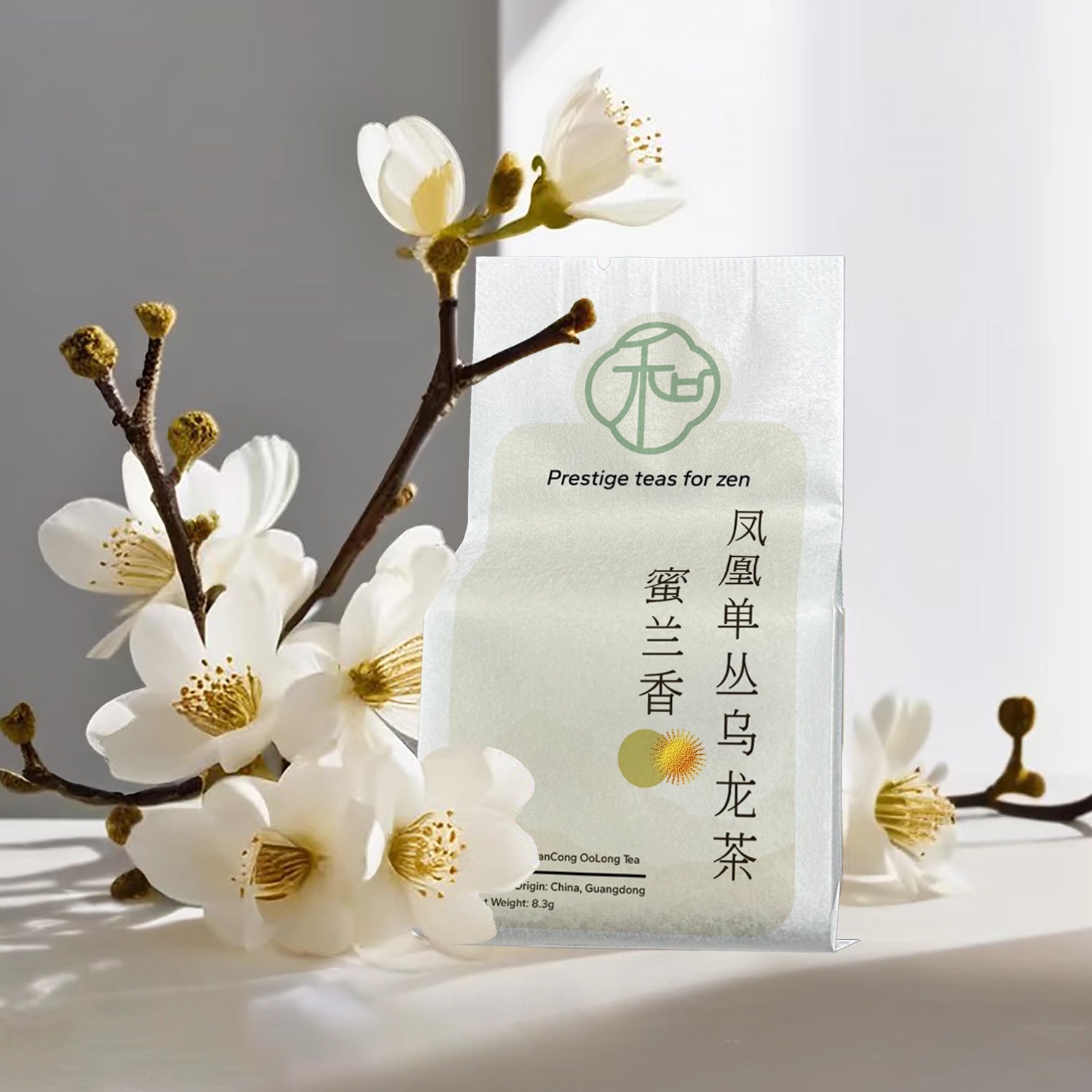
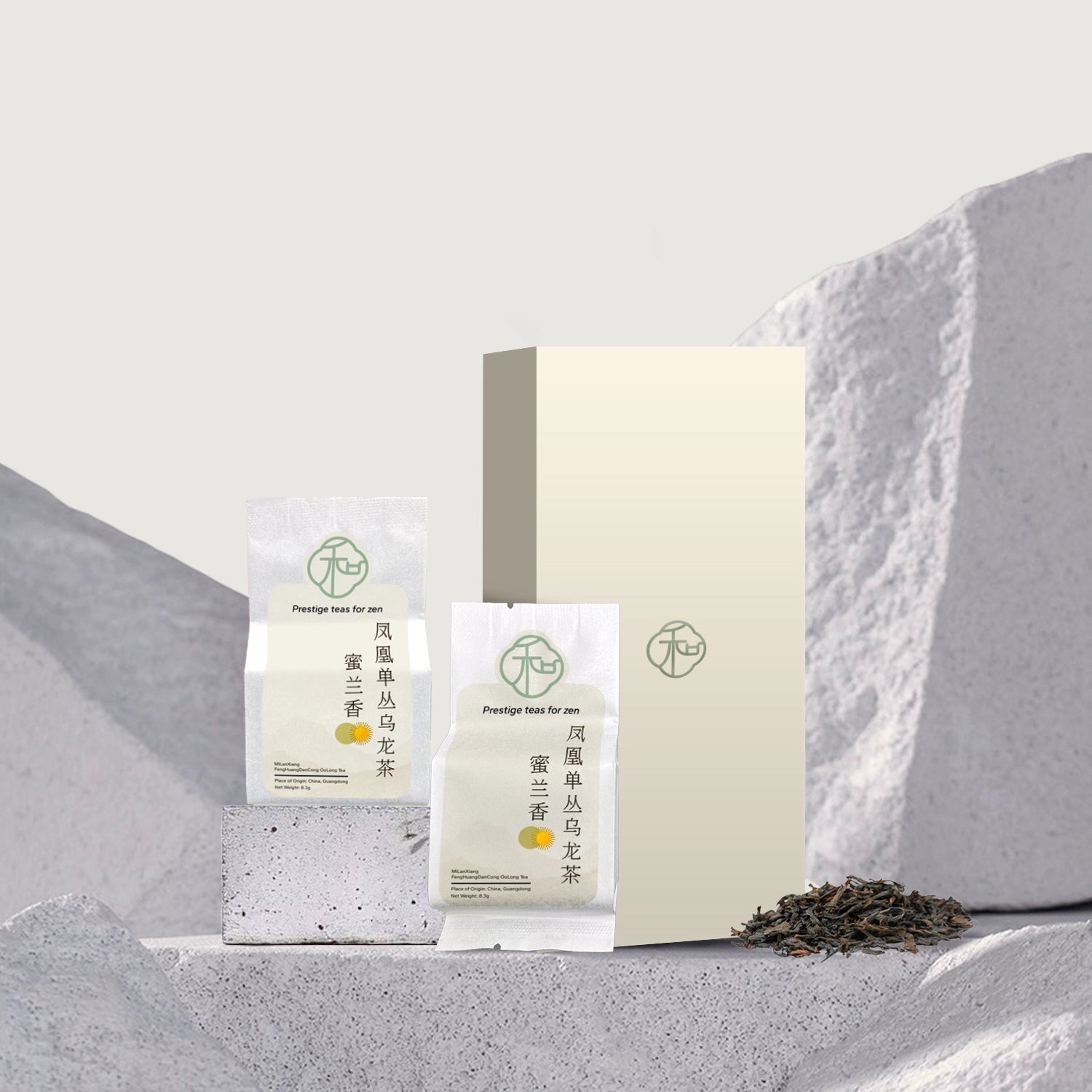
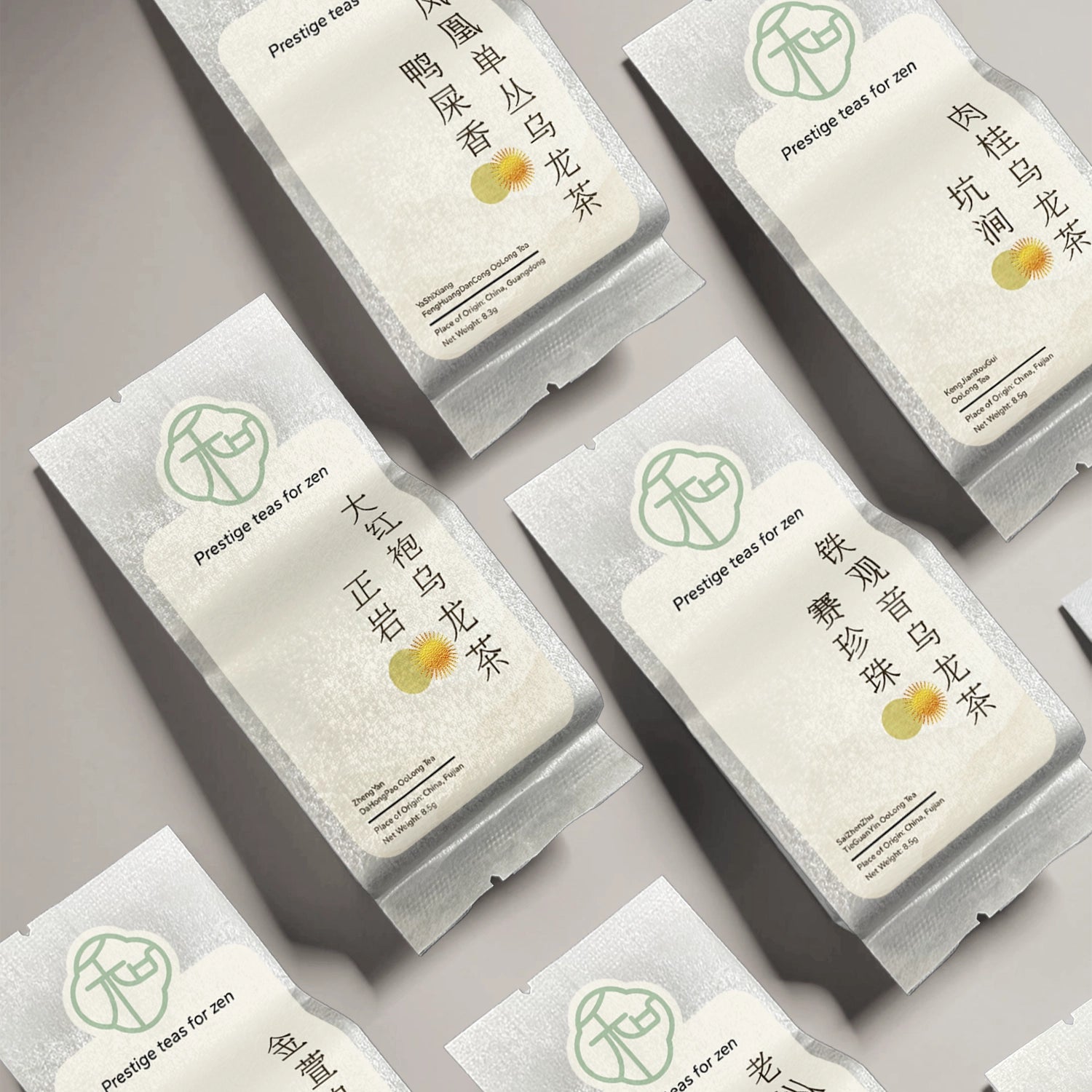
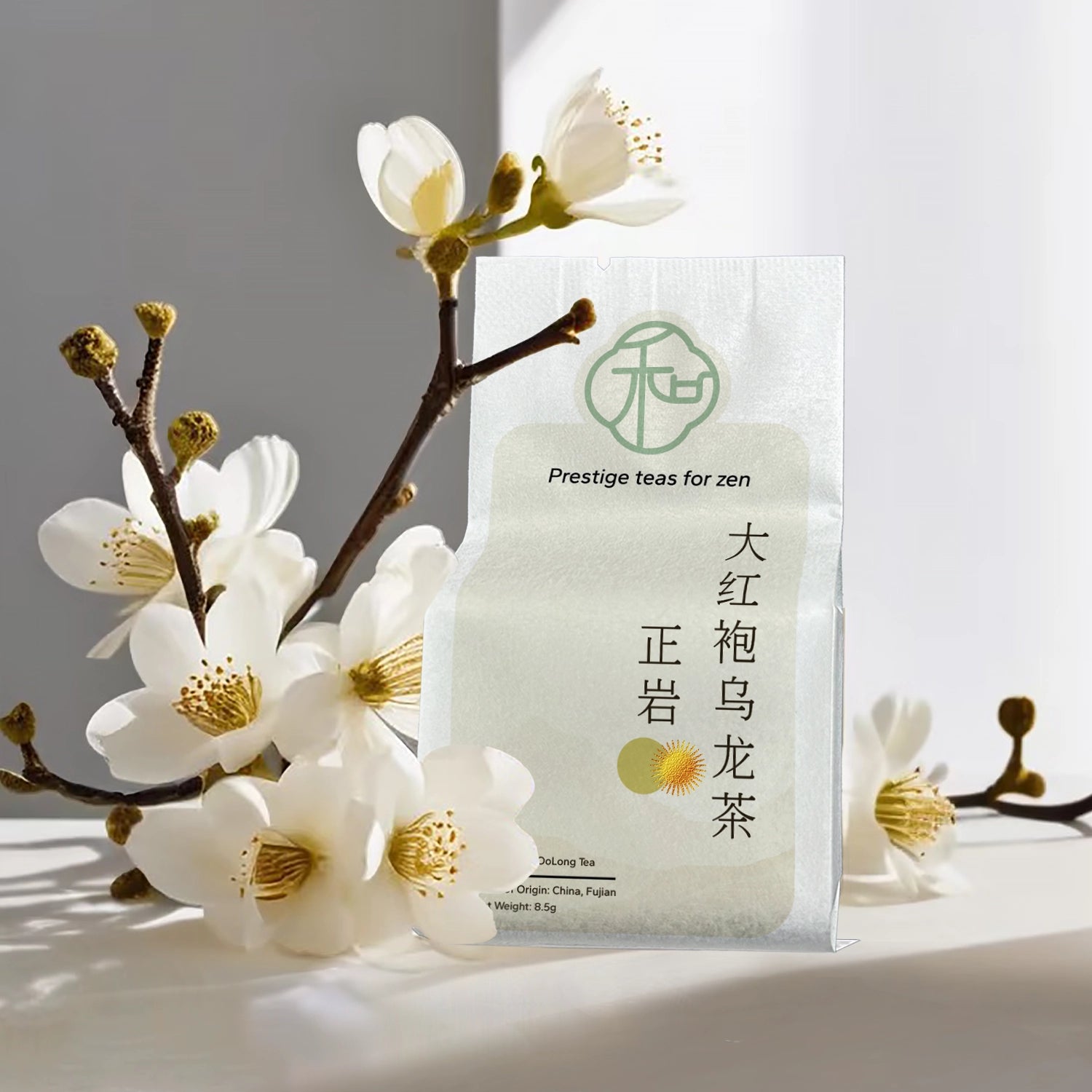
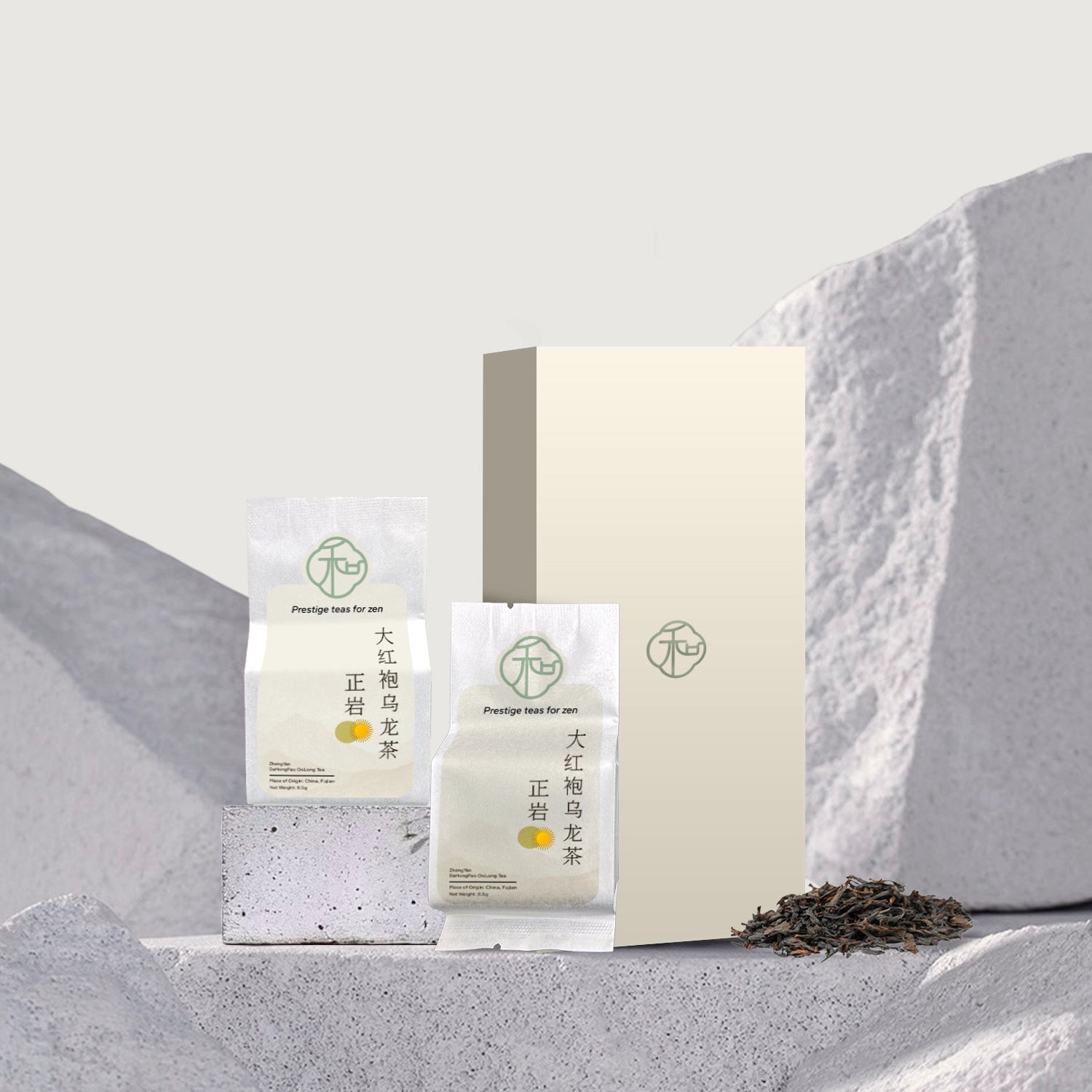
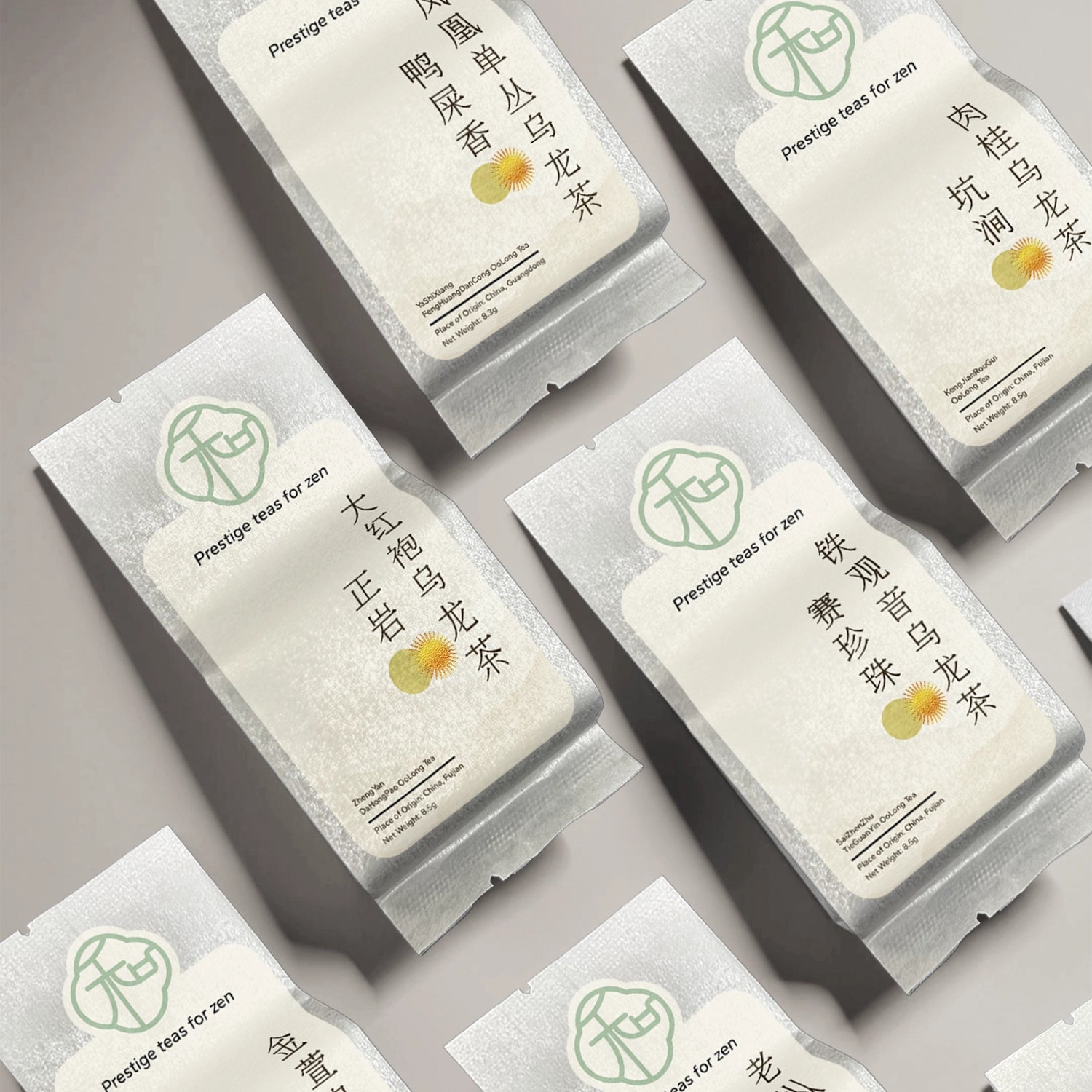
0 comments